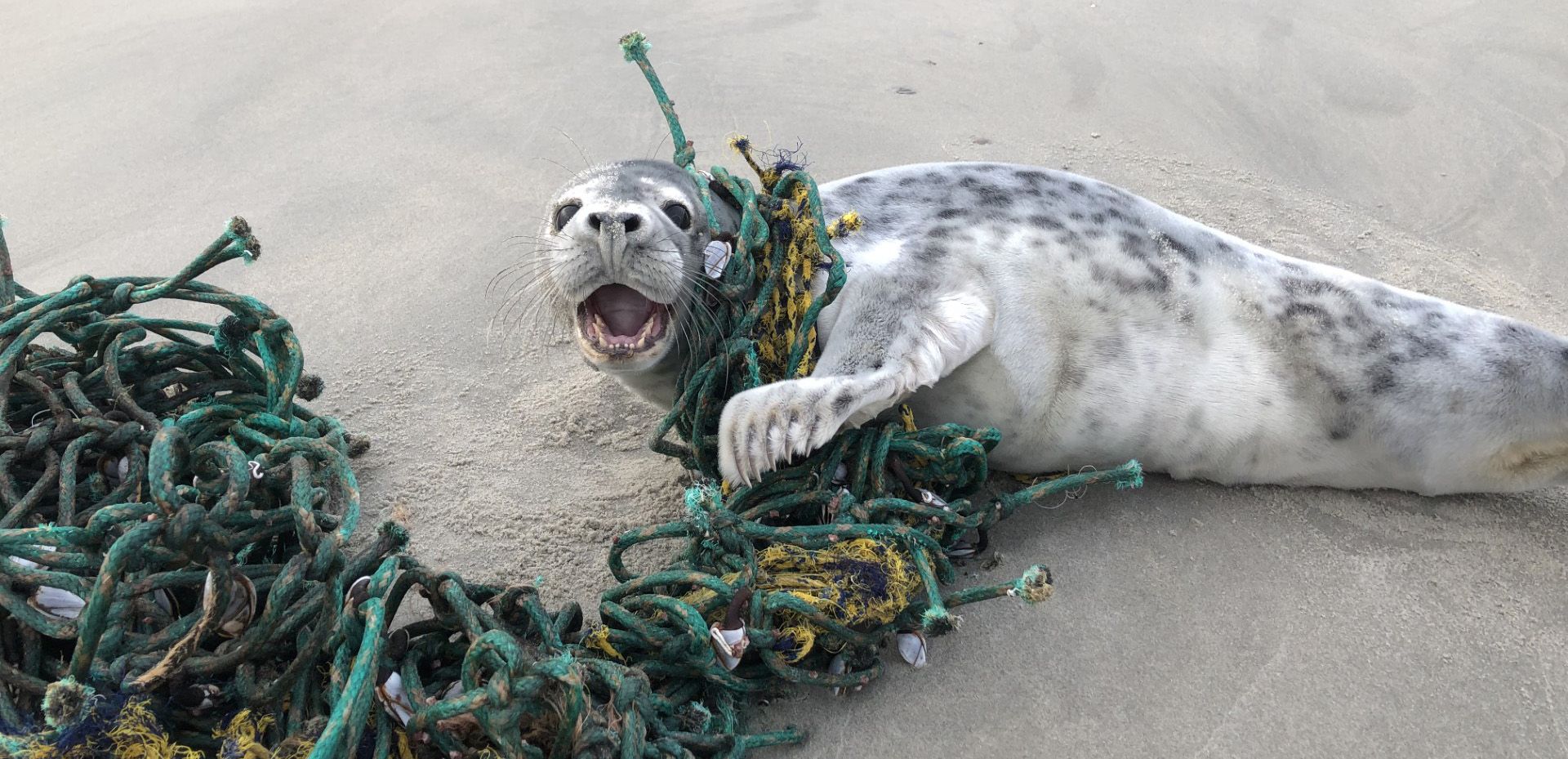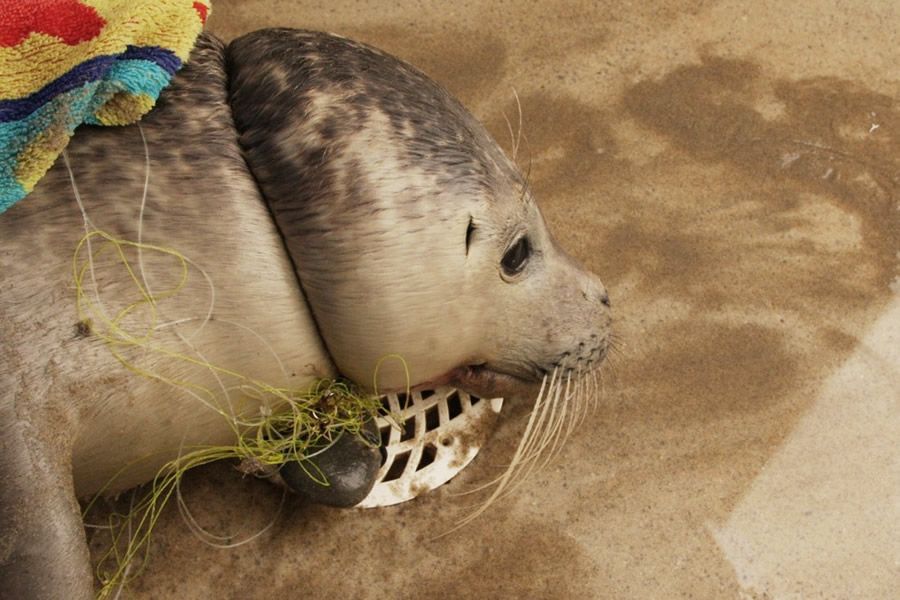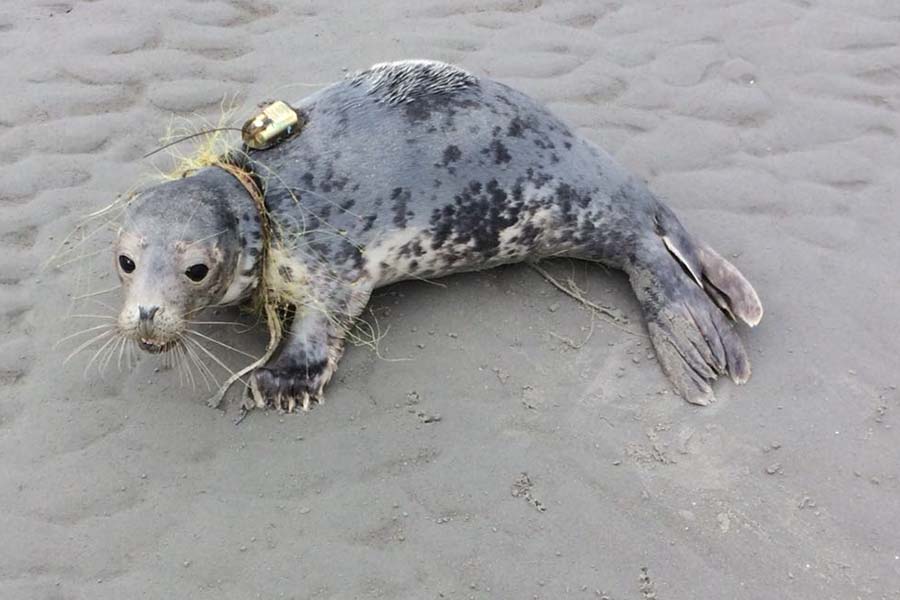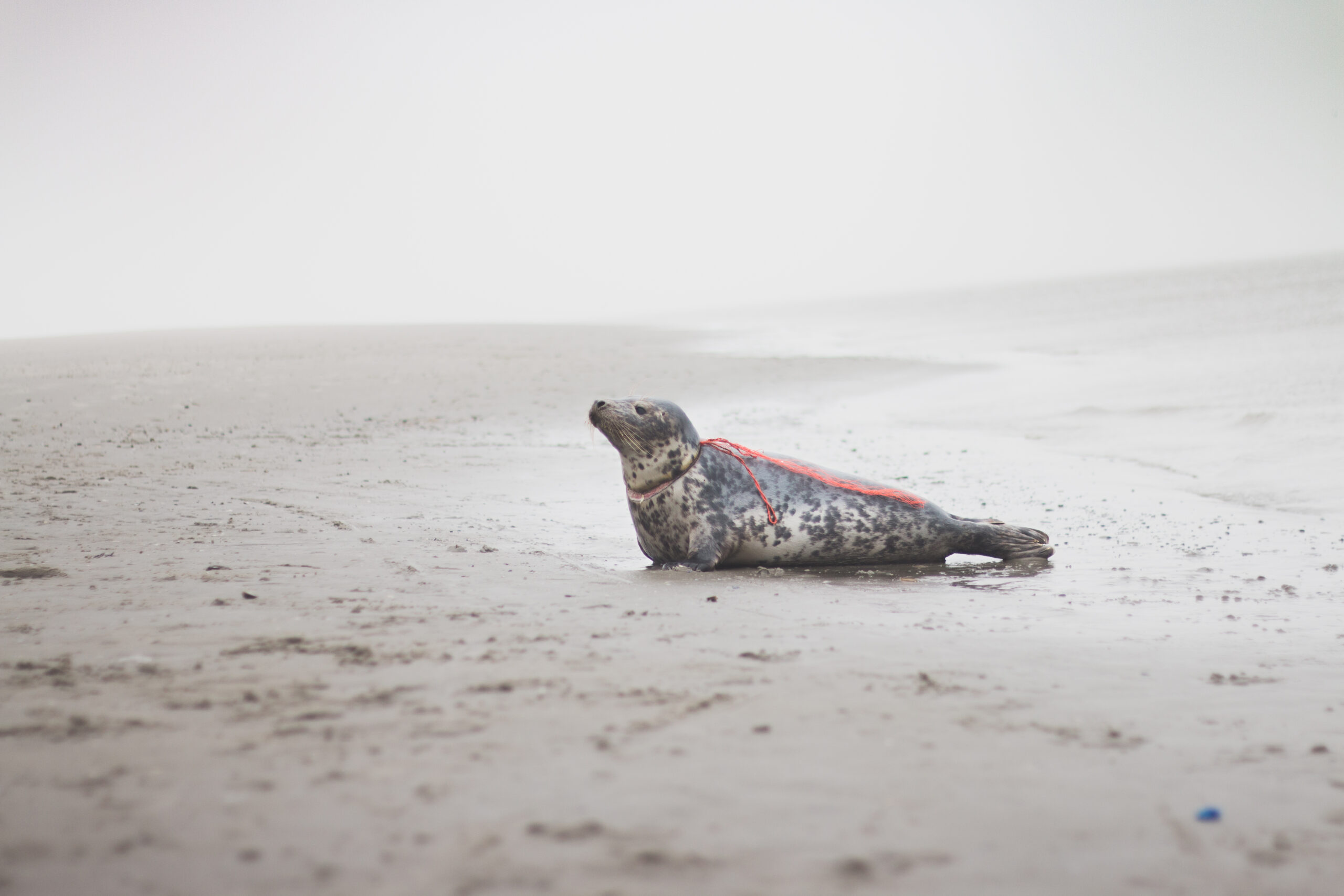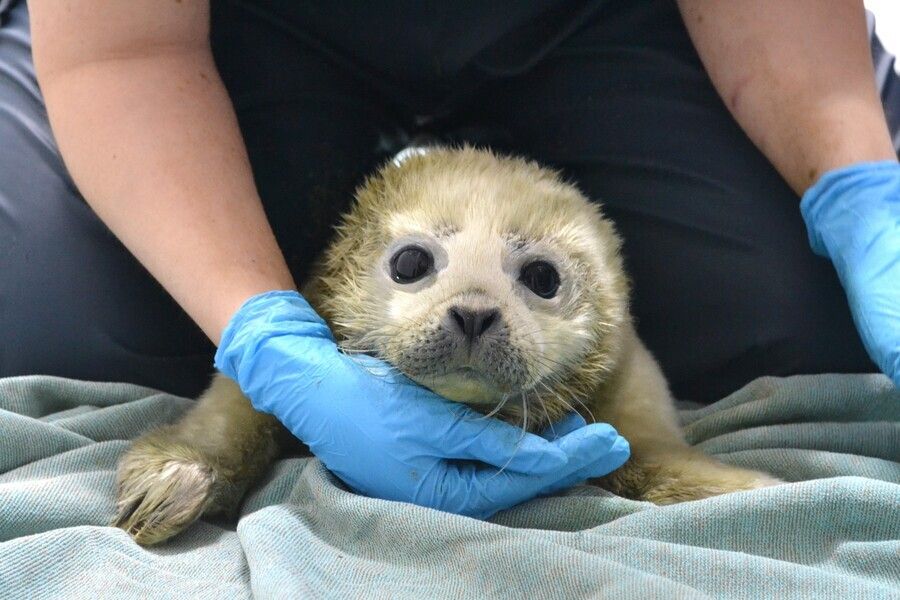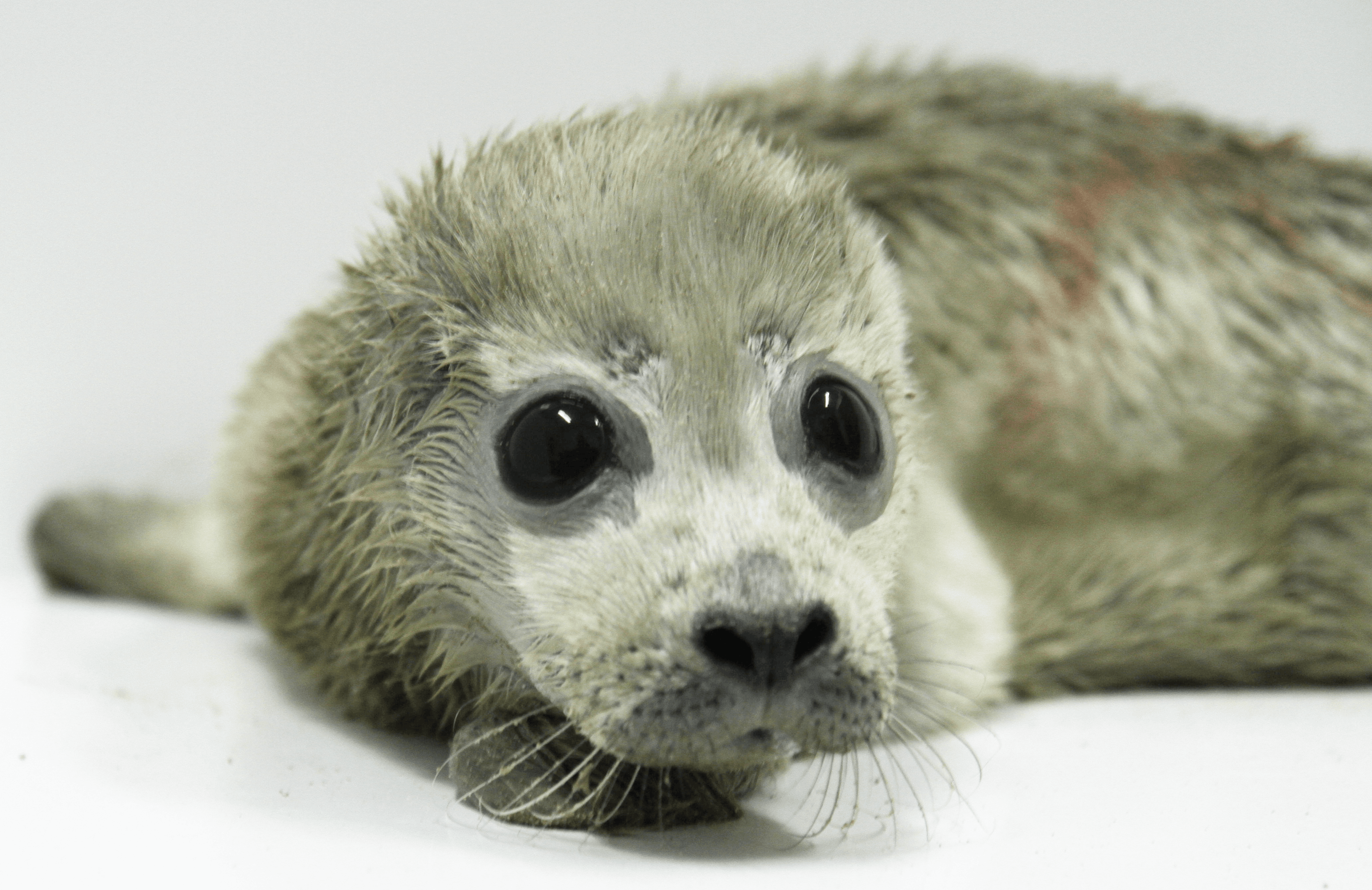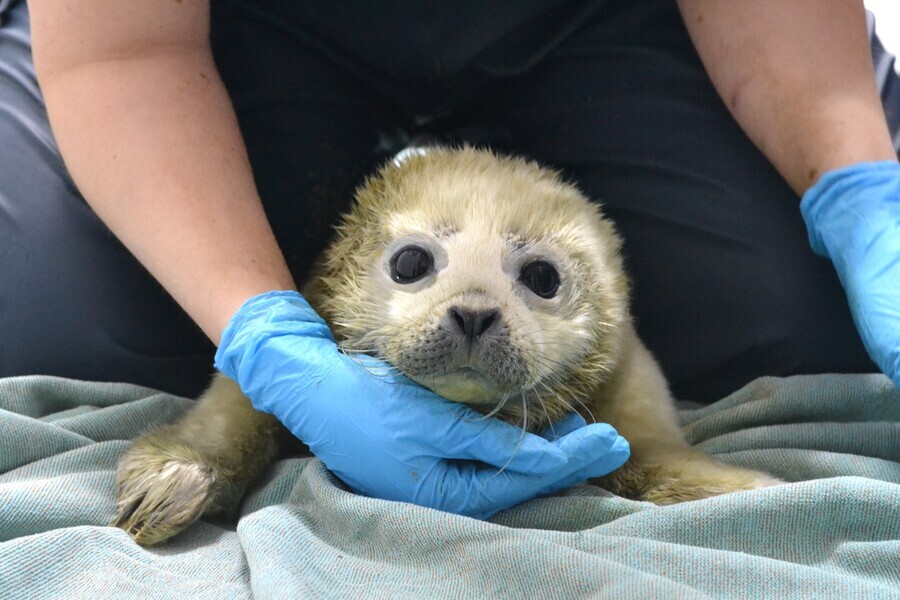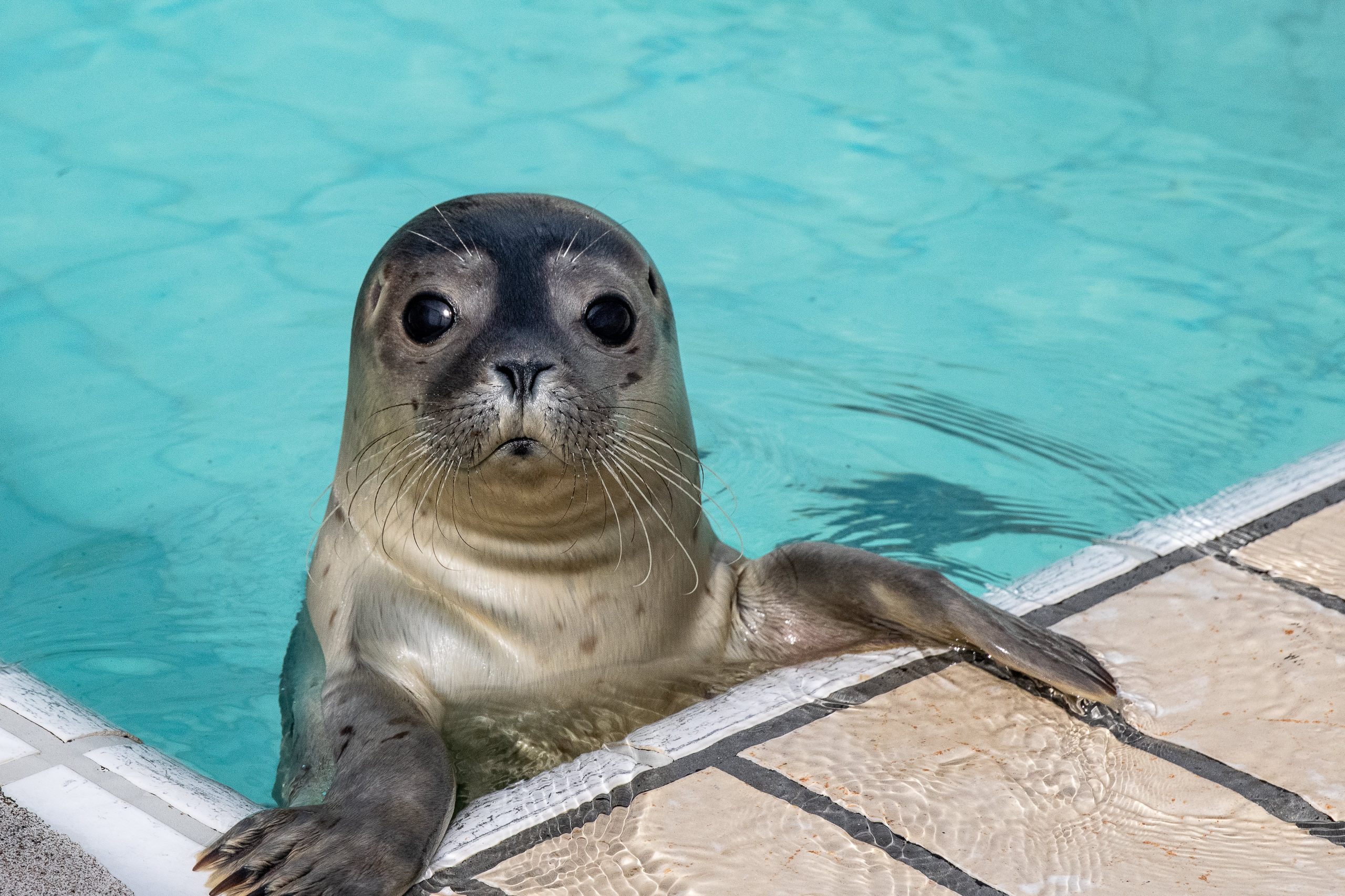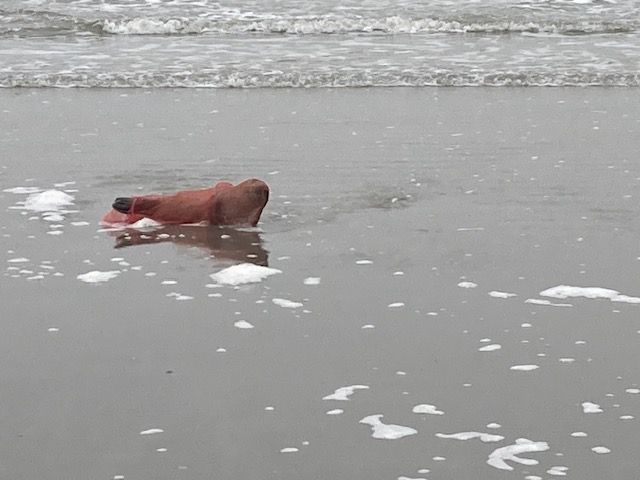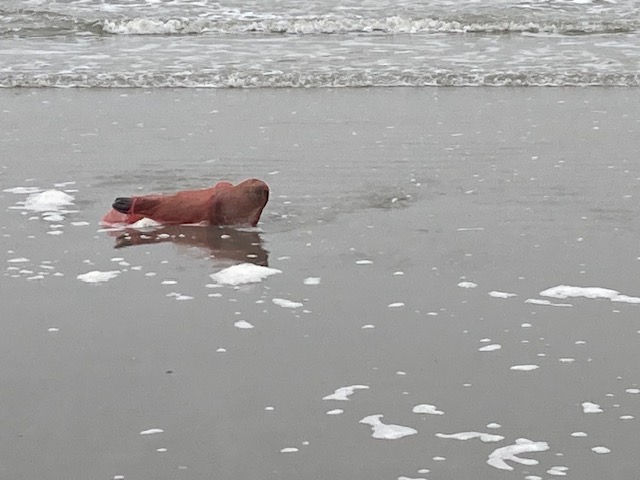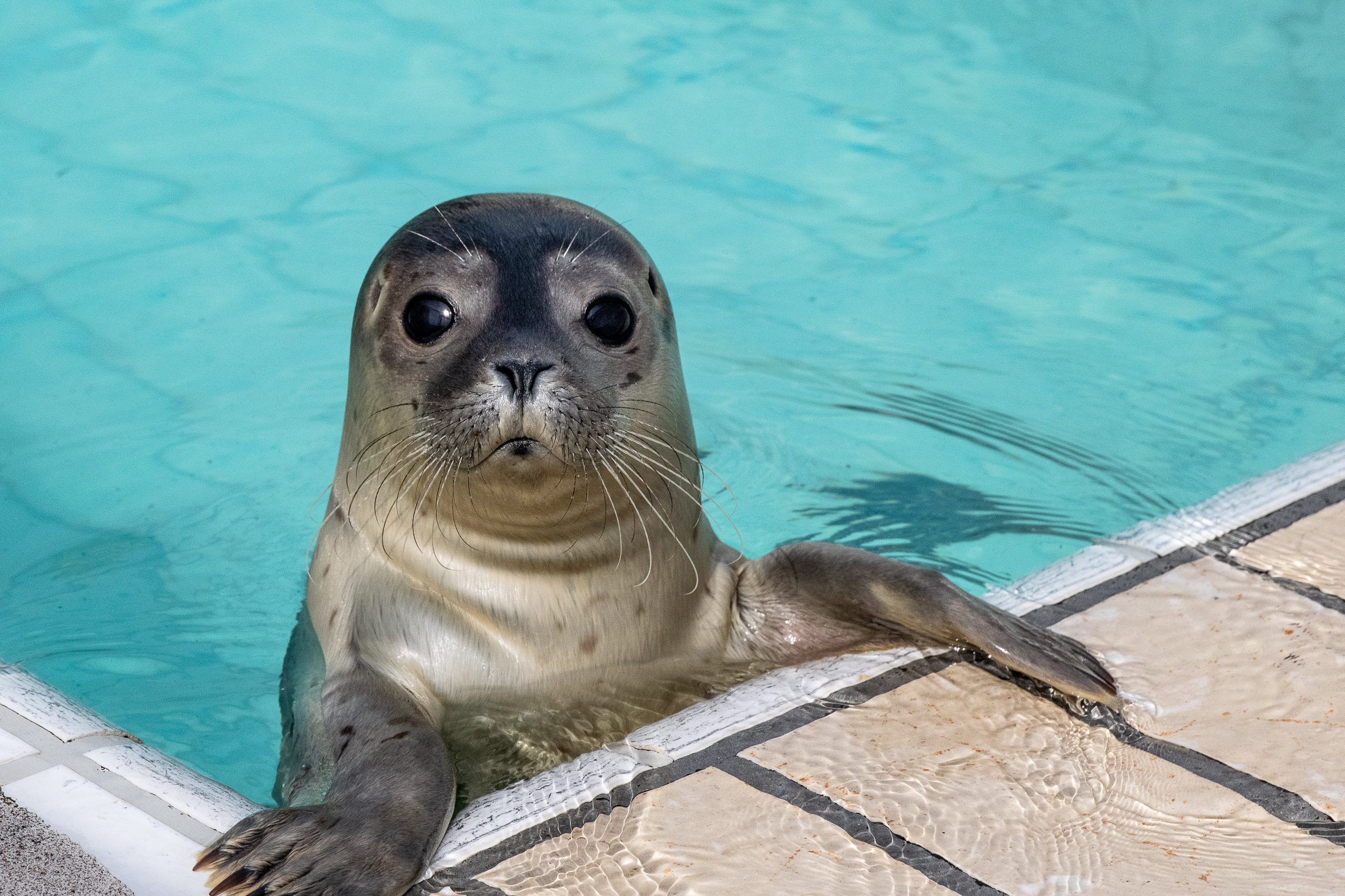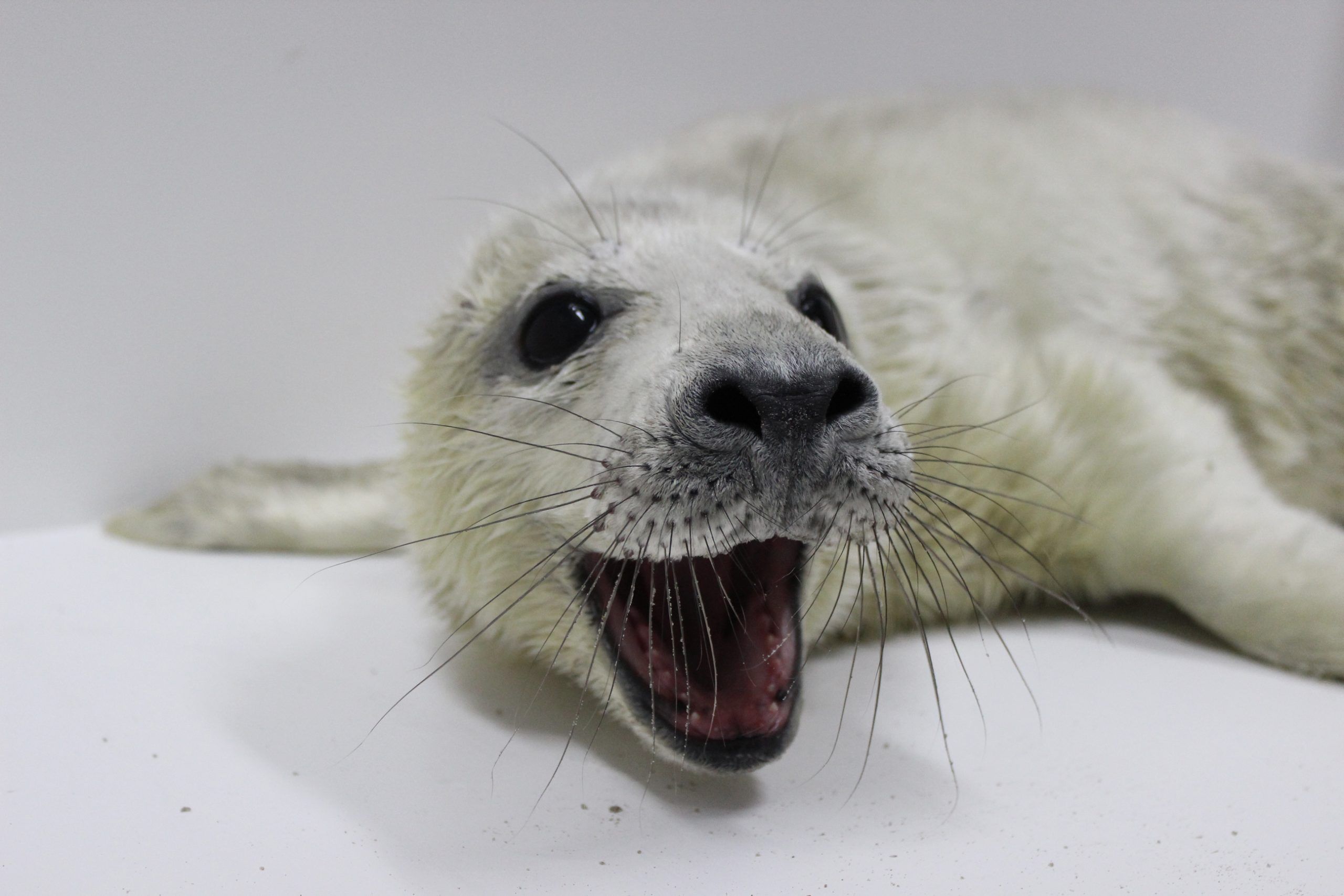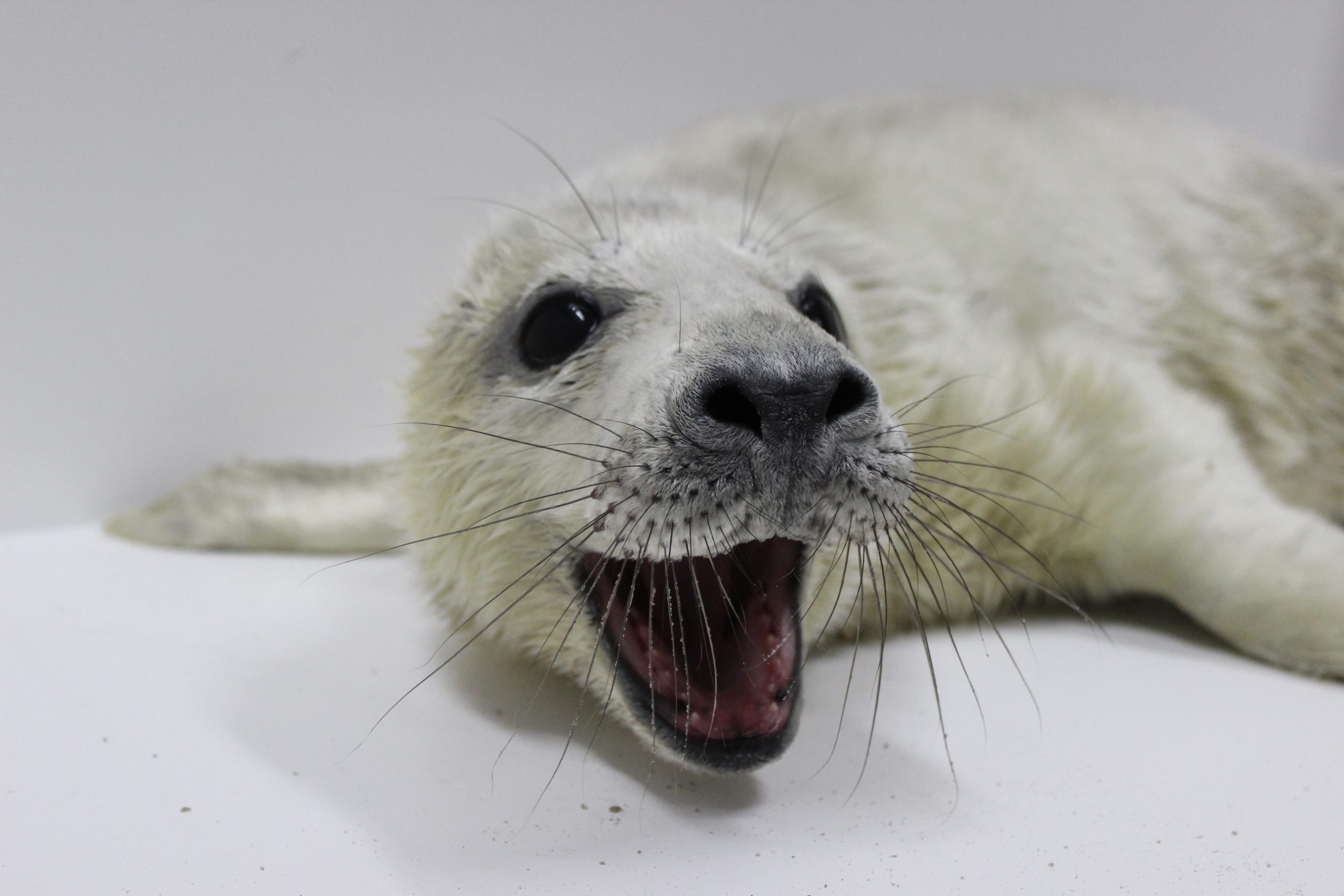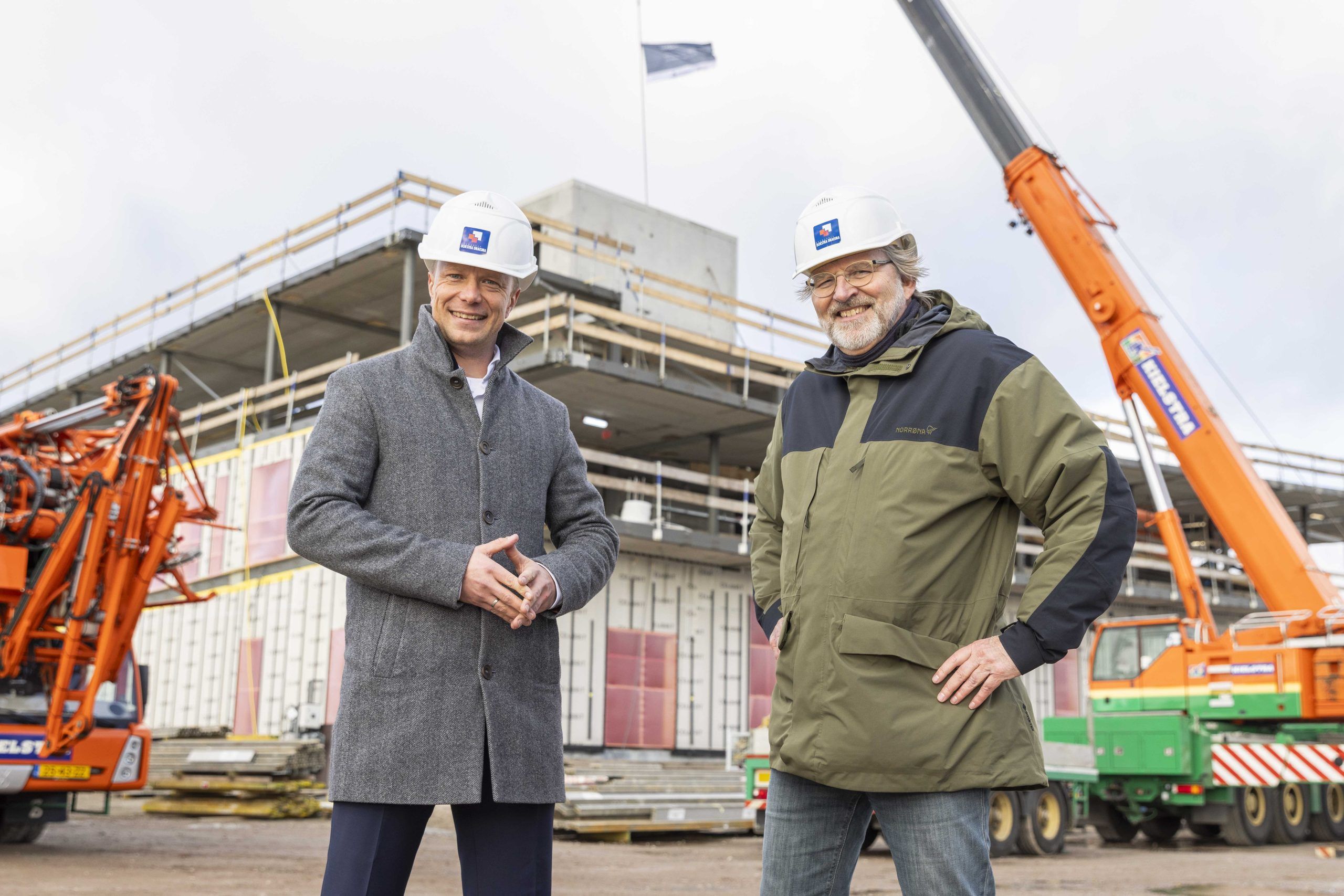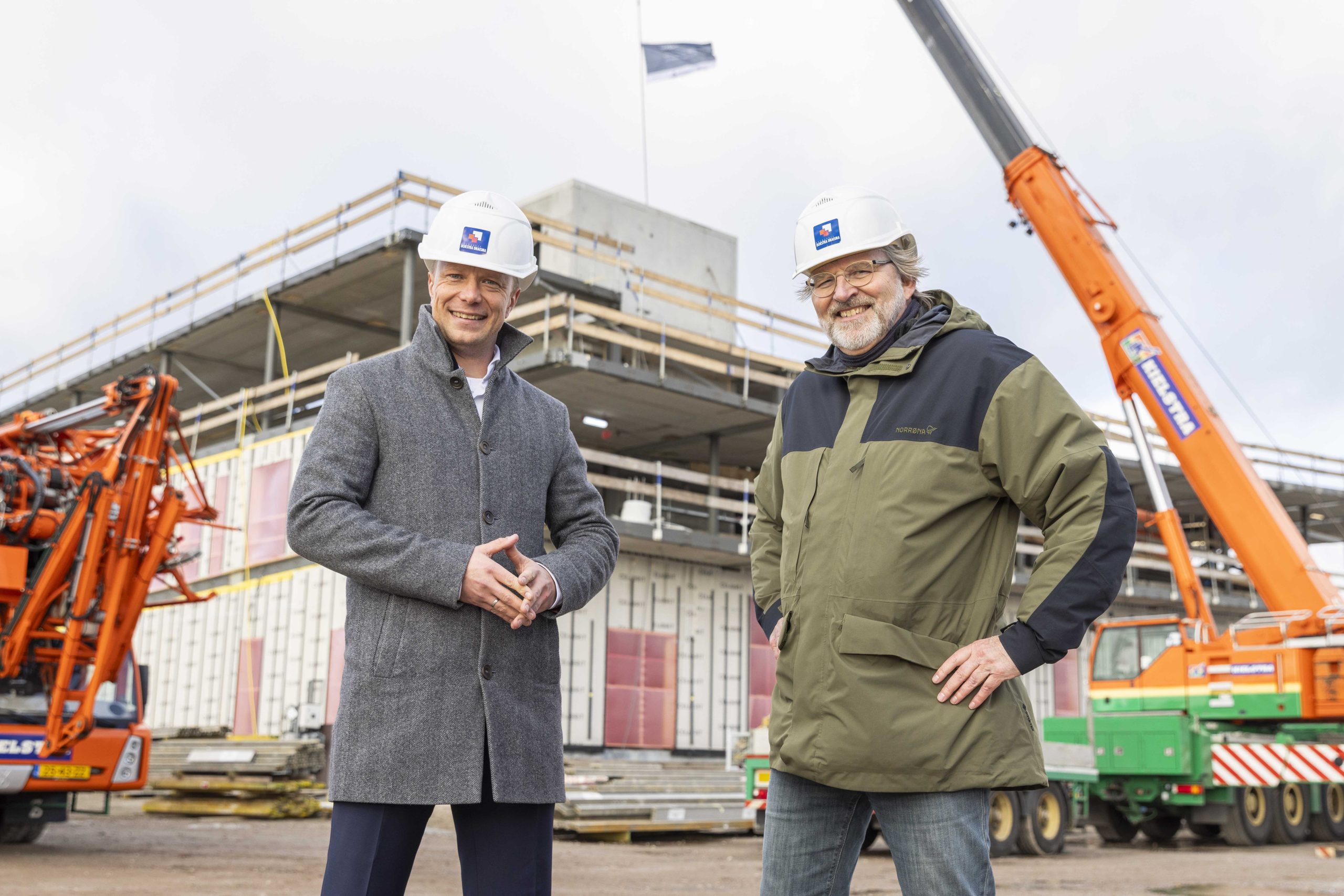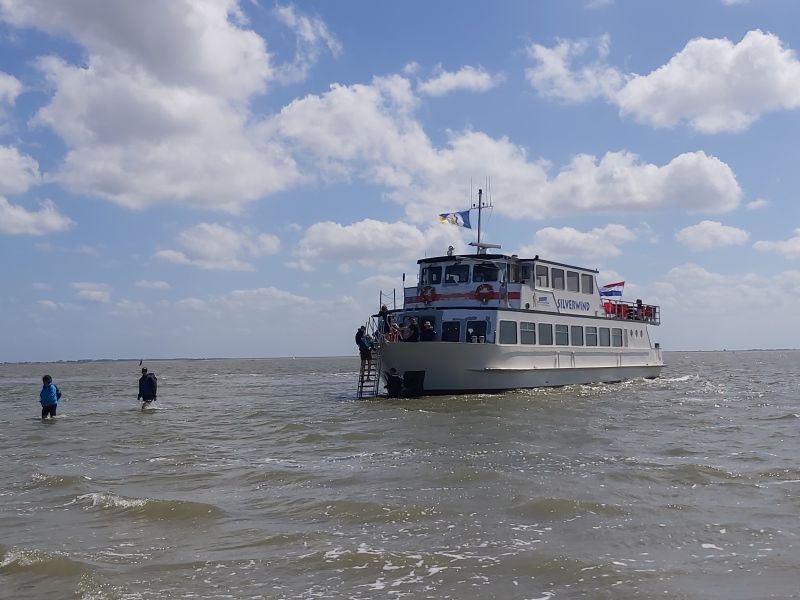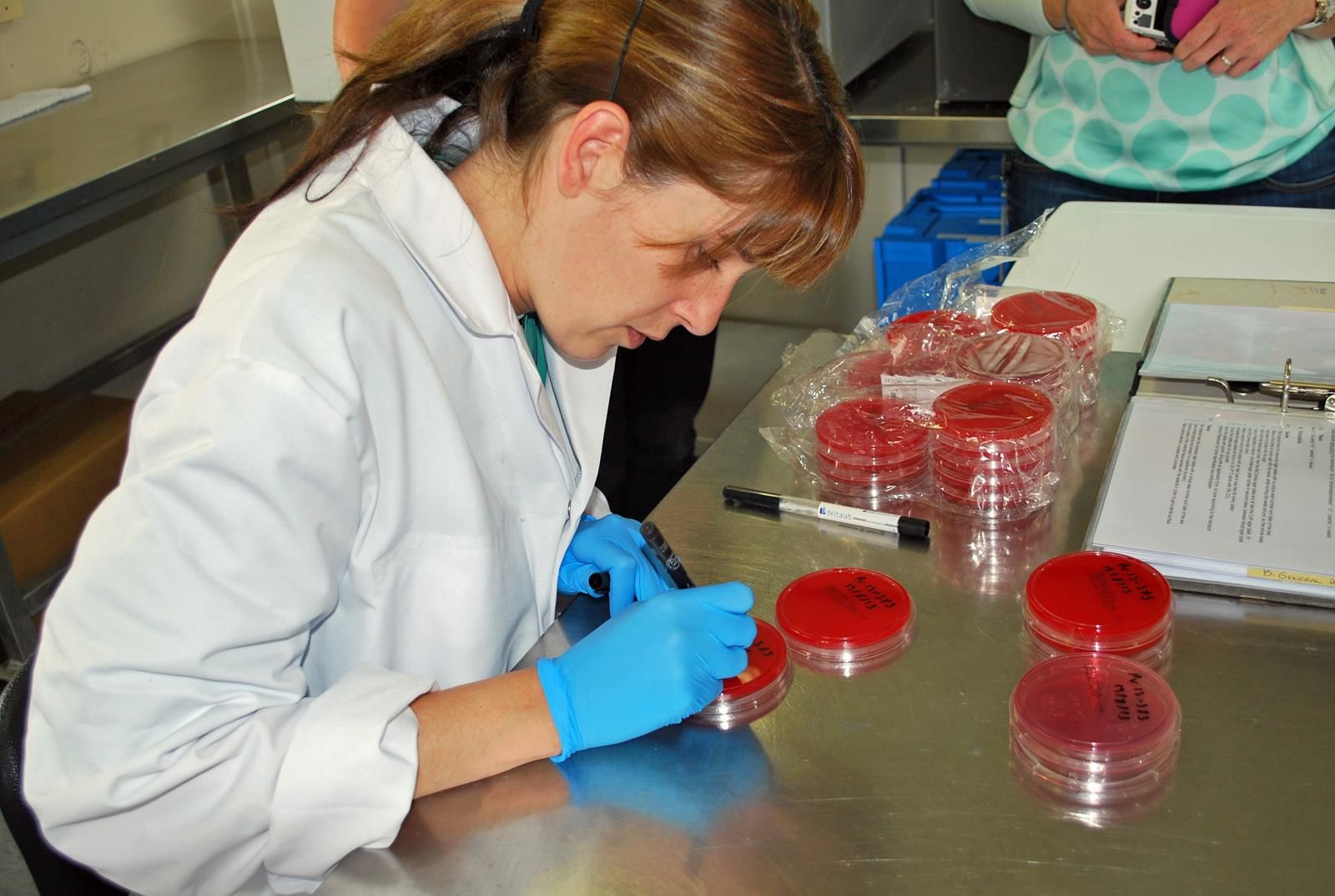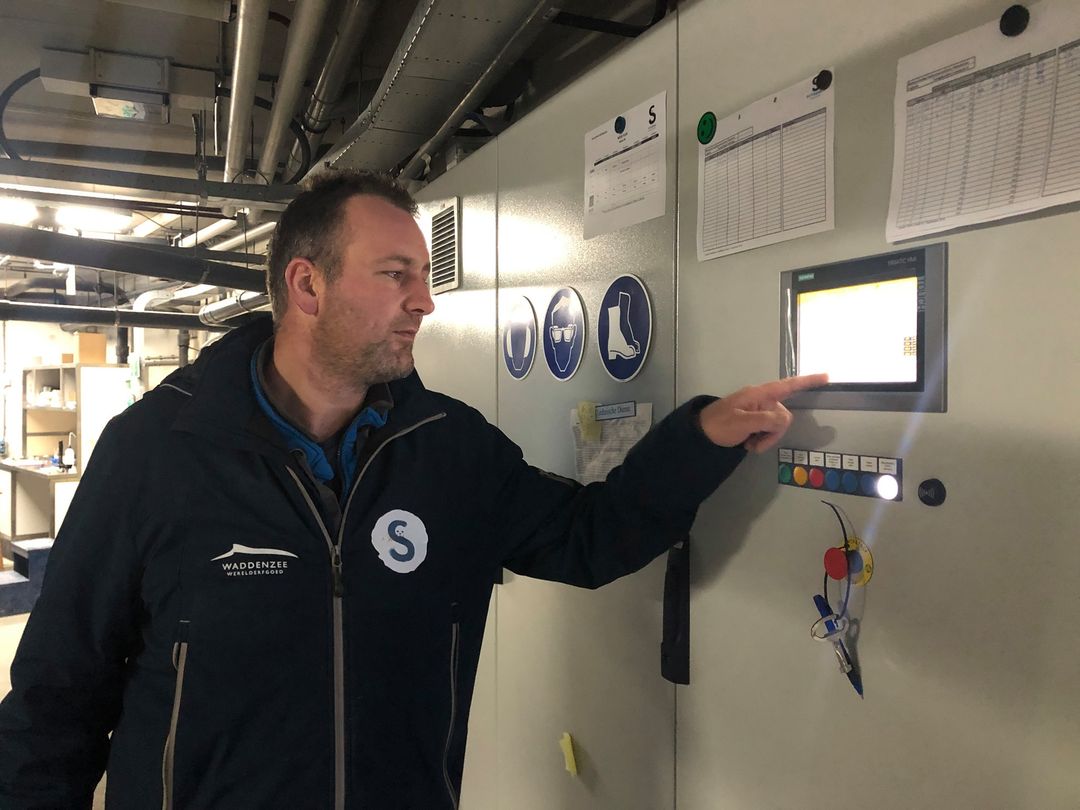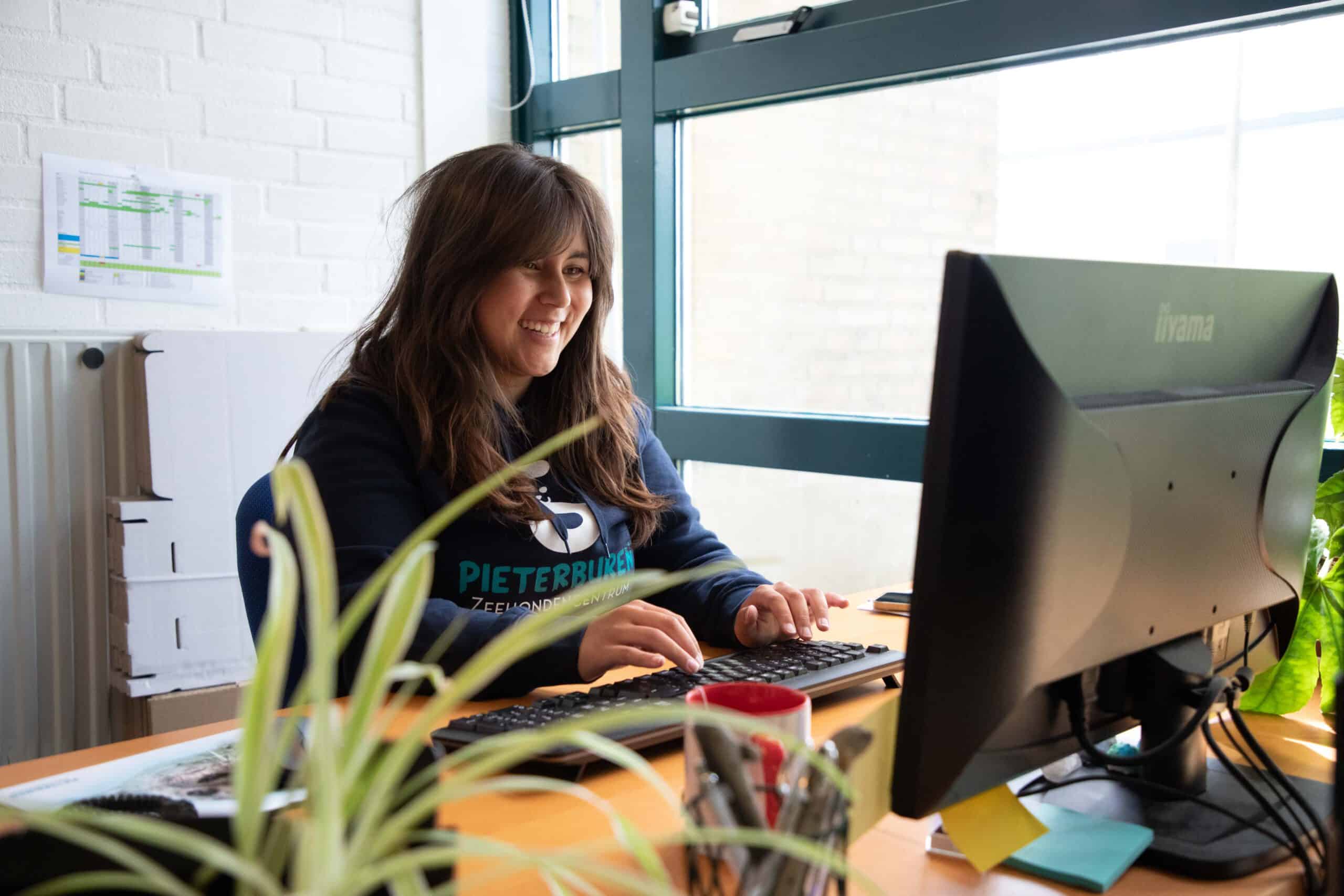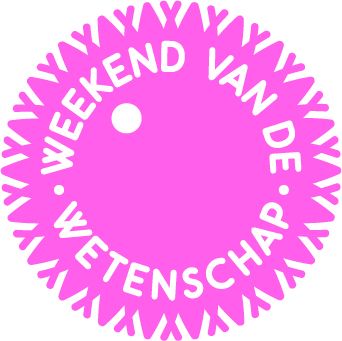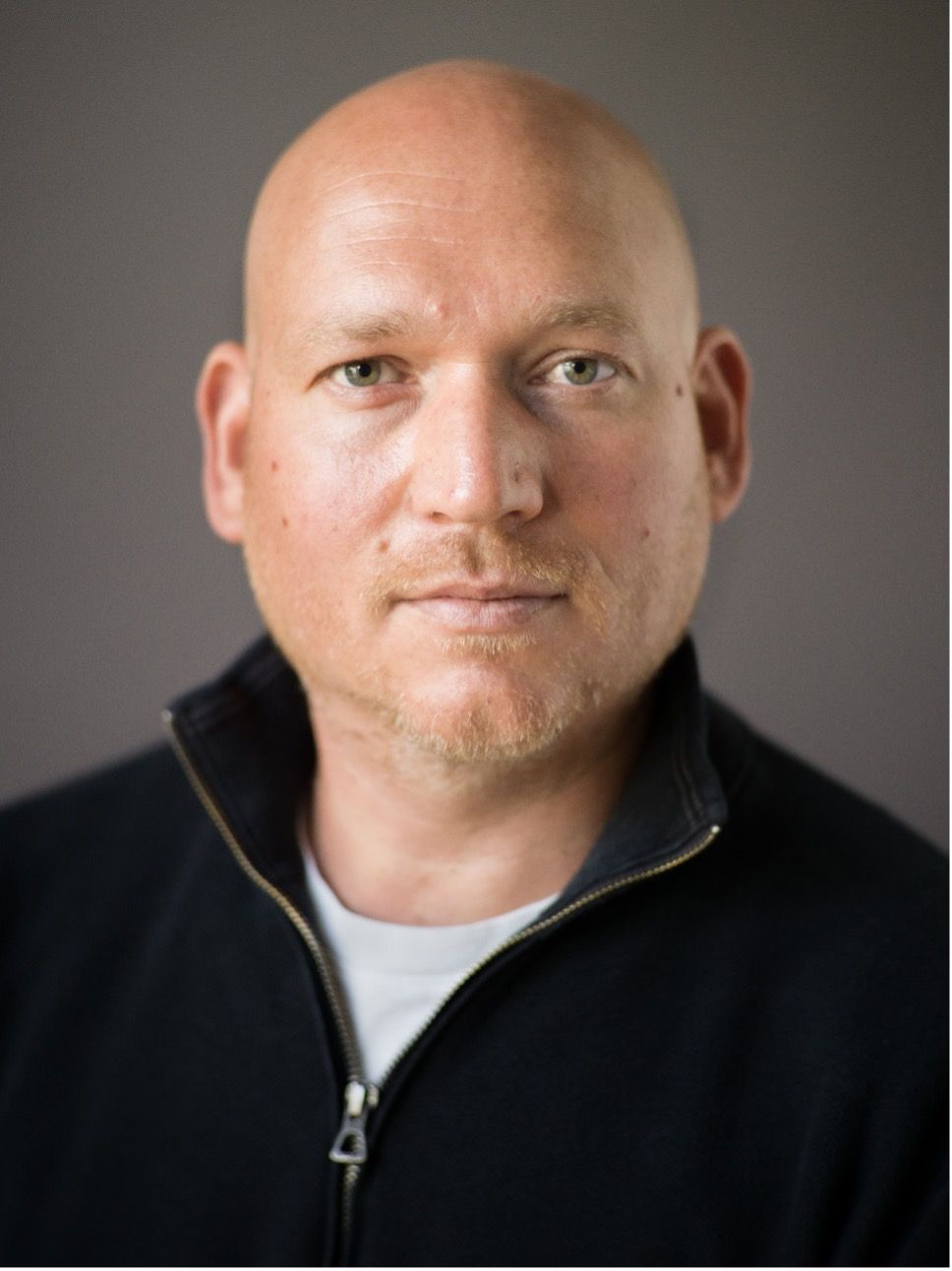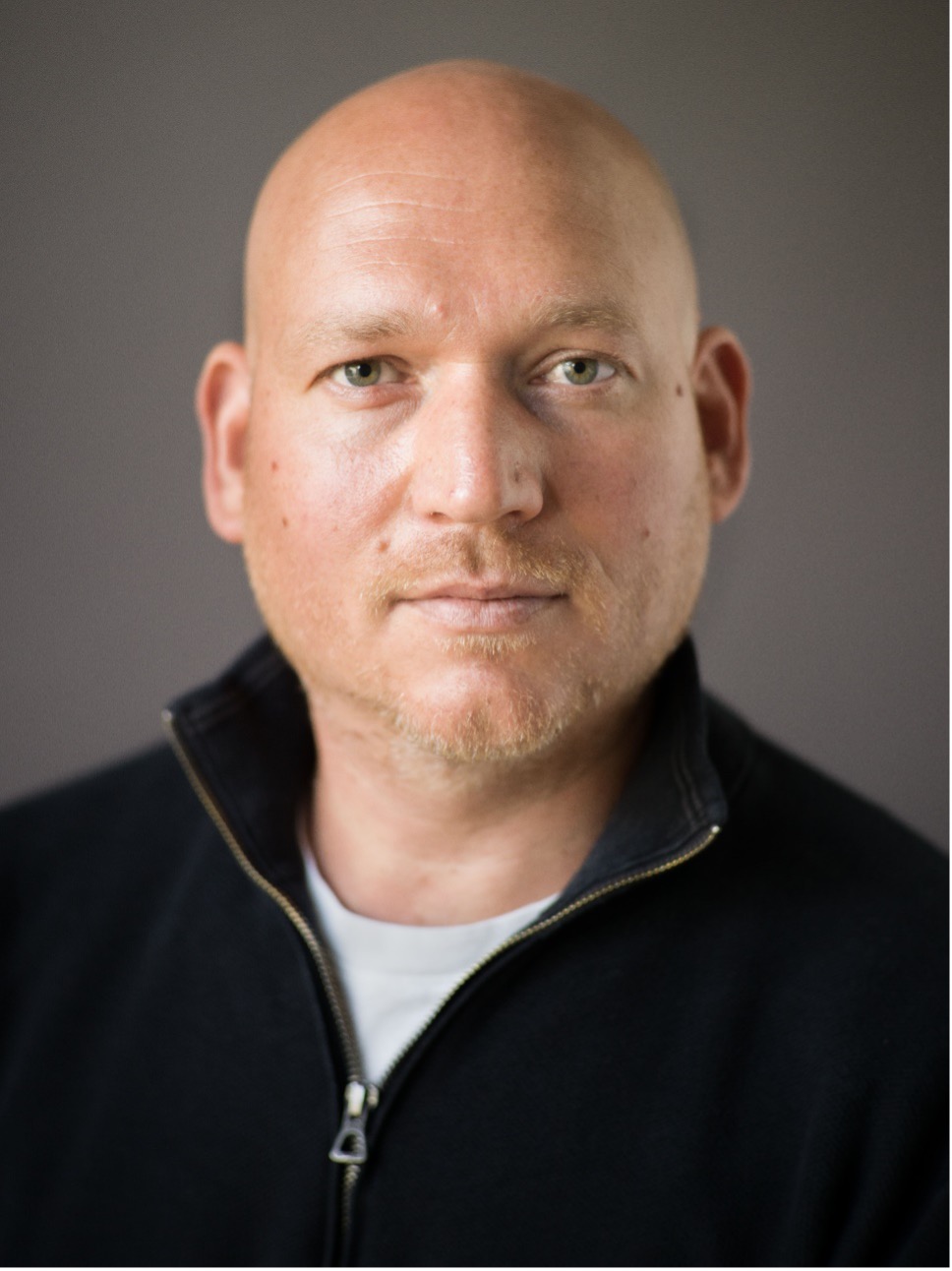Drie opvangcentra in strijd tegen verstrikking
Mensen die dagelijks op de Wadden- en Noordzee varen, zien regelmatig verstrikte zeehonden. De dieren zijn verstrikt geraakt in materialen als visnetten, aardappelzakken, bouwplastic of ander afval dat in het water terecht is gekomen. Dit beperkt de zeehond erg, waardoor hij niet meer kan jagen. Het dier zal uiteindelijk sterven door uithongering, verstikking of uitputting. Om deze verstrikte zeehonden te helpen, hebben de drie zeehondencentra in Nederland de handen ineen geslagen. Speciaal opgeleide medewerkers van Zeehondencentrum Pieterburen, Ecomare en A Seal vormen samen het Seal Response Team.
See also
Explosieve stijging verstrikkingen
De zeehondencentra hebben het Seal Response Team opgezet omdat het aantal verstrikte zeehonden al jaren stijgt. Zo zijn er in de eerste twee maanden van 2024 al meer verstrikte zeehonden in de Wadden- en Noordzee waargenomen dan in de eerste 4,5 maand van 2023. Het Seal Response Team streeft ernaar om een aantal keer per jaar met een speciaal opgeleid team per boot ter plaatse hulp te bieden aan zeehonden die in de problemen zijn gekomen. Aan boord is dan steeds minimaal 1 dierenarts voor het geval een dier verdoofd moet worden.
Ontwikkeling van het plan
Verstrikte zeehonden die op stranden worden aangetroffen, worden al geholpen door de drie centra. Het helpen van dieren die op wadplaten liggen of vrij in zee zwemmen vergt echter een geheel eigen werkwijze. Er moet rekening worden gehouden met mogelijke verstoringen, vluchtpogingen en ook het werken vanaf een boot is anders. De centra zijn daarom al twee jaar bezig met de ontwikkeling van een plan van aanpak. Het team heeft de intentie om binnenkort een pilot uit te voeren in de Waddenzee.
Hulp van buitenaf
In het buitenland bestaan vergelijkbare projecten al langer. Dr. Shawn Johnson, van Sea Change Health, en Dave Zahniser hebben jarenlange ervaring met het organiseren hiervan. Ze hebben ook de Nederlandse centra ondersteund bij het opzetten van het Seal Response Team. Hiervoor zijn zij meerdere malen naar Nederland gekomen. Ook tijdens de pilot zullen beiden aanwezig zijn.
Uw steun is belangrijk
Voor de realisatie van dit project hebben de drie zeehondencentra aanspraak gemaakt op hun eigen financiële middelen voor de inzet van personeel, materiaal en trainingen. Voor een goede continuïteit van dit project is het team echter afhankelijk van uw steun. Wilt u bijdragen, zodat het Seal Response Team het werk kan voortzetten? Doneer dan via de website van de deelnemende centra en help hun verstrikte zeehonden te helpen.
Wilt u ons steunen met een donatie? klik dan op:
www.zeehondencentrum.nl/seal-response-team
On this page
-
Habitat
-
External characteristics of the common seal
-
Voeding & foerageren
